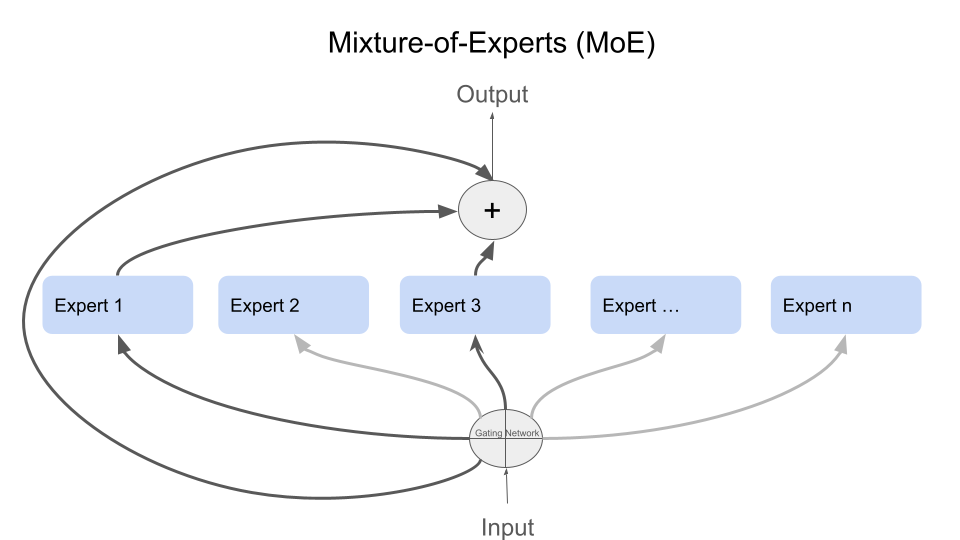Reflections on Product Prioritization Strategies
Published:
Reflections on Product Prioritization Strategies
From an AI Product Management Course  A journey of understanding, evaluating, and gaining deeper awareness of what truly makes a difference in the world of products.
A journey of understanding, evaluating, and gaining deeper awareness of what truly makes a difference in the world of products.
When working on products in a constantly changing and complex environment, the decision of “What should we build first?” becomes a strategic one that shouldn’t be taken lightly. Prioritization isn’t just about sorting ideas — it’s an art and a mindset. It’s a balance between value and effort, between what the customer needs and what the team can deliver.
In this post, I share the strategies I learned in the course, as reflections aimed at gaining a deeper understanding and reinforcing what I have studied.
1. Impact vs. Effort Matrix
This matrix categorizes ideas into four quadrants based on:
- Impact: How much of a difference will this idea make?
- Effort: How much time and resources will it require?
Result: A clear visualization that distinguishes quick wins from large or draining projects.
Reflections
- Big wins aren’t always the best options.
- Great, low-effort ideas can be overlooked while focusing on more complex tasks.
- “Impact” should be evaluated from multiple perspectives: customer, revenue, team.
- “Effort” isn’t just time — it includes resources, budget, skills, and even mental pressure.
2. Kano Model
Features are classified into:
- Basic: Their absence causes dissatisfaction.
- Performance: The better they are, the higher the satisfaction.
- Delighters: Unexpected but pleasantly surprise the customer.
There are also neutral or even negative features in some contexts.
Reflections
- What we consider “innovative” might mean nothing to the user.
- The timing and context of a feature can be more important than the feature itself.
- Communicating with customers and analyzing their experience reveals what truly satisfies them.
3. RICE Framework (Reach, Impact, Confidence, Effort)
A framework that scores each idea across four criteria:
- Reach: How many users will it affect?
- Impact: How strong will the effect be?
- Confidence: How certain am I about my assumptions?
- Effort: What will it cost to execute?
Reflections
- “Reach” isn’t just about numbers — it’s about real influence.
- Confidence needs data, not just gut feeling.
- RICE is a great way to stay neutral and reduce bias.
4. Weighted Scoring
A tool based on setting multiple criteria (e.g., revenue, customer satisfaction), assigning weights to each, and scoring each idea accordingly.
Reflections
- Weight distribution reveals what we truly value.
- Team involvement in setting weights is essential to avoid bias.
- Surprises are a natural part of this exercise — and can lead to better decisions.
5. SWOT and PEST Analysis
- SWOT: Internal (Strengths & Weaknesses) and external (Opportunities & Threats) analysis.
- PEST: Political, Economic, Social, and Technological factor analysis.
Reflections
- Focusing only inward weakens strategic vision.
- External environments can completely reshape strategy.
- These analyses aren’t one-time tasks — they’re tools to revisit regularly.
6. Product Thinking in Phases
Breaking product development into phases:
- MVP (Minimum Viable Product): The essentials.
- Enhancements: What improves the experience.
- Differentiation and Scaling: What sets the product apart and drives growth.
Reflections
- Striving for perfection early on does more harm than good.
- Time and resources define what’s realistic to launch.
- Growth isn’t an emotional decision — it’s a strategic one.




 Image source [3]
Image source [3]